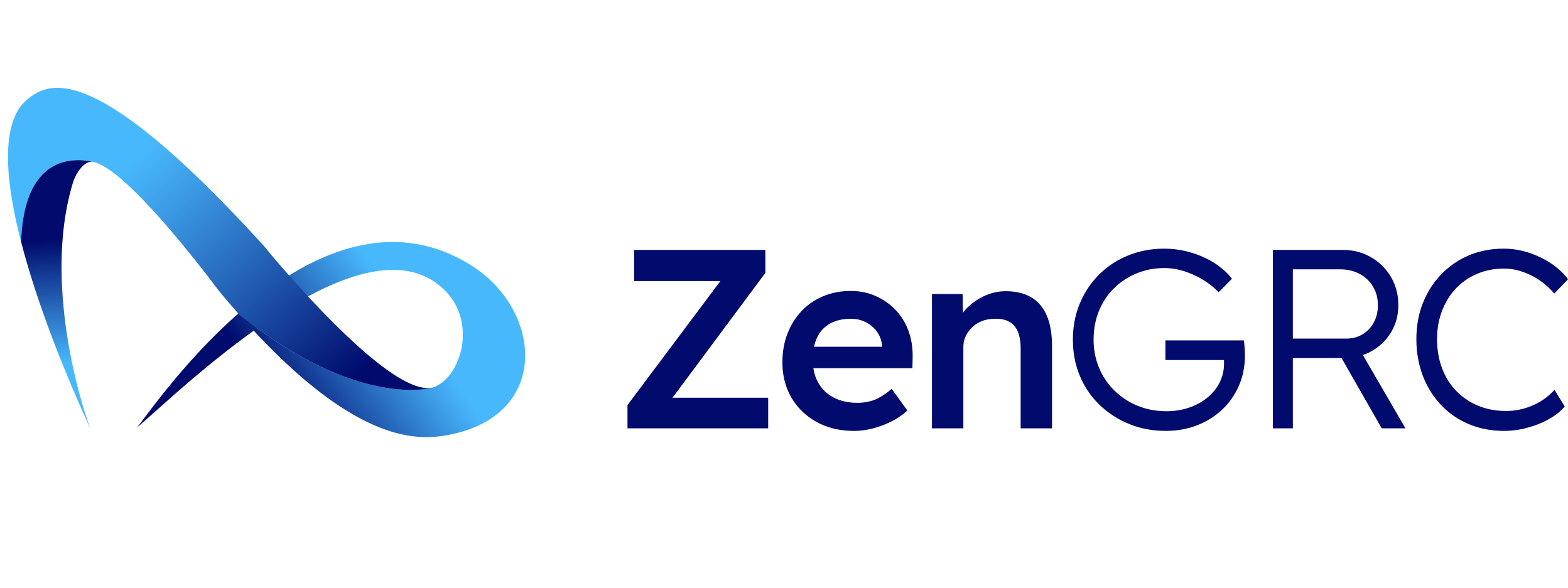Tired of drowning in GDPR documentation and manual compliance processes? Stop struggling with spreadsheets, disconnected systems, and the constant fear of missing critical requirements that could lead to devastating penalties.... Read More
GDPR
Navigating the Future of AI Governance: A Guide to NIST AI RMF, ISO/IEC 42001, and the EU AI Act
In the rapidly evolving landscape of Artificial Intelligence (AI), Governance, Risk, and Compliance (GRC) professionals must navigate the increasingly complex challenges of trustworthy development, deployment, and monitoring of AI systems. ... Read More
What is GDPR?
The GDPR (General Data Protection Regulation) is a data protection law that mandates all companies doing business within the European Union (EU) member states to comply with strict new rules... Read More
Cut Through Compliance Complexity with Consolidated Objectives
2023 has been a rough year, with large tech companies worldwide hit by huge fines for violating the EU General Data Protection Regulation (GDPR) and other compliance violations as well.... Read More
CCPA vs. GDPR: Compliance Comparison
While the CCPA may seem like the US version of GDPR, the two have some significant differences that businesses should understand.
Read More